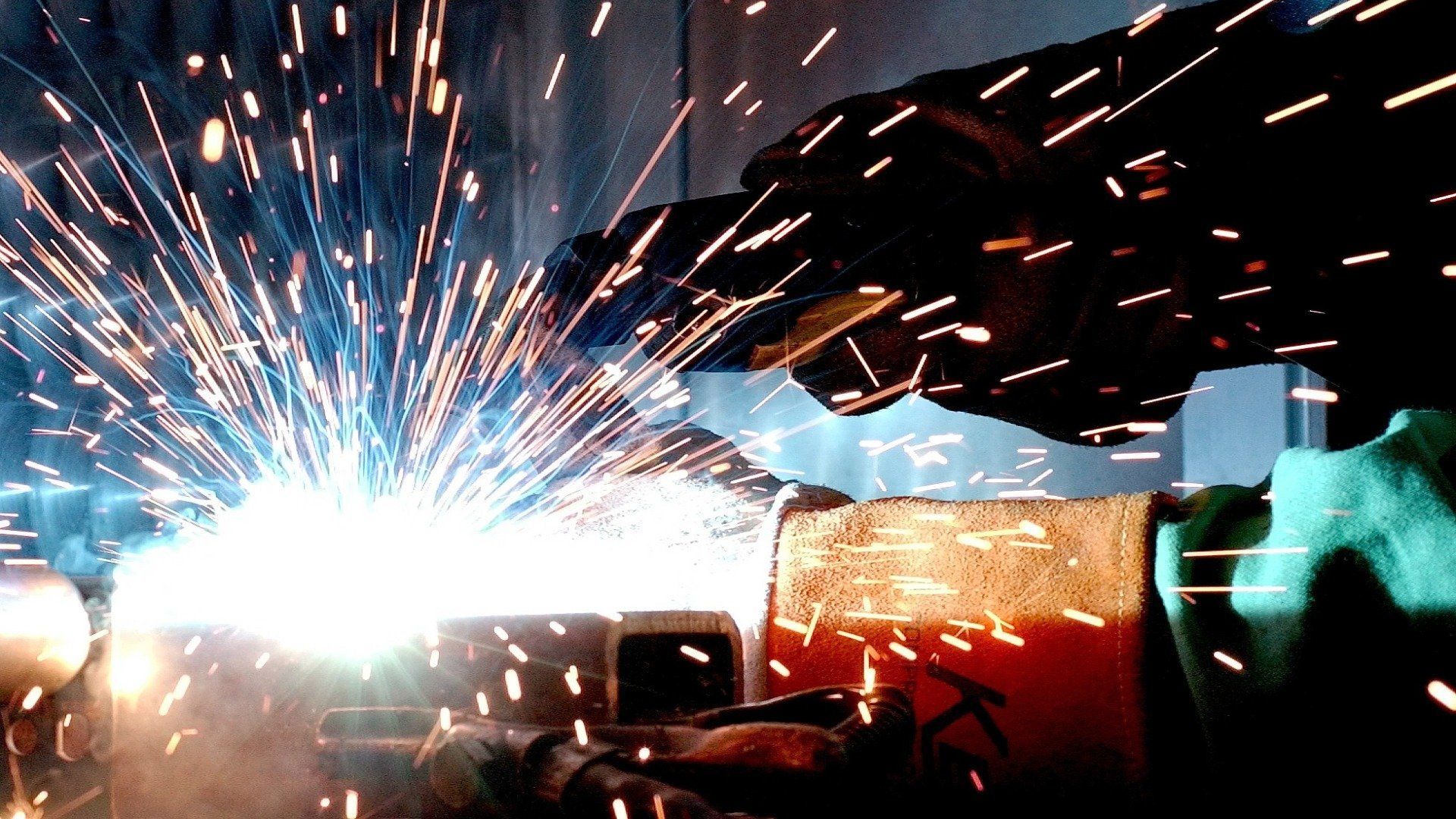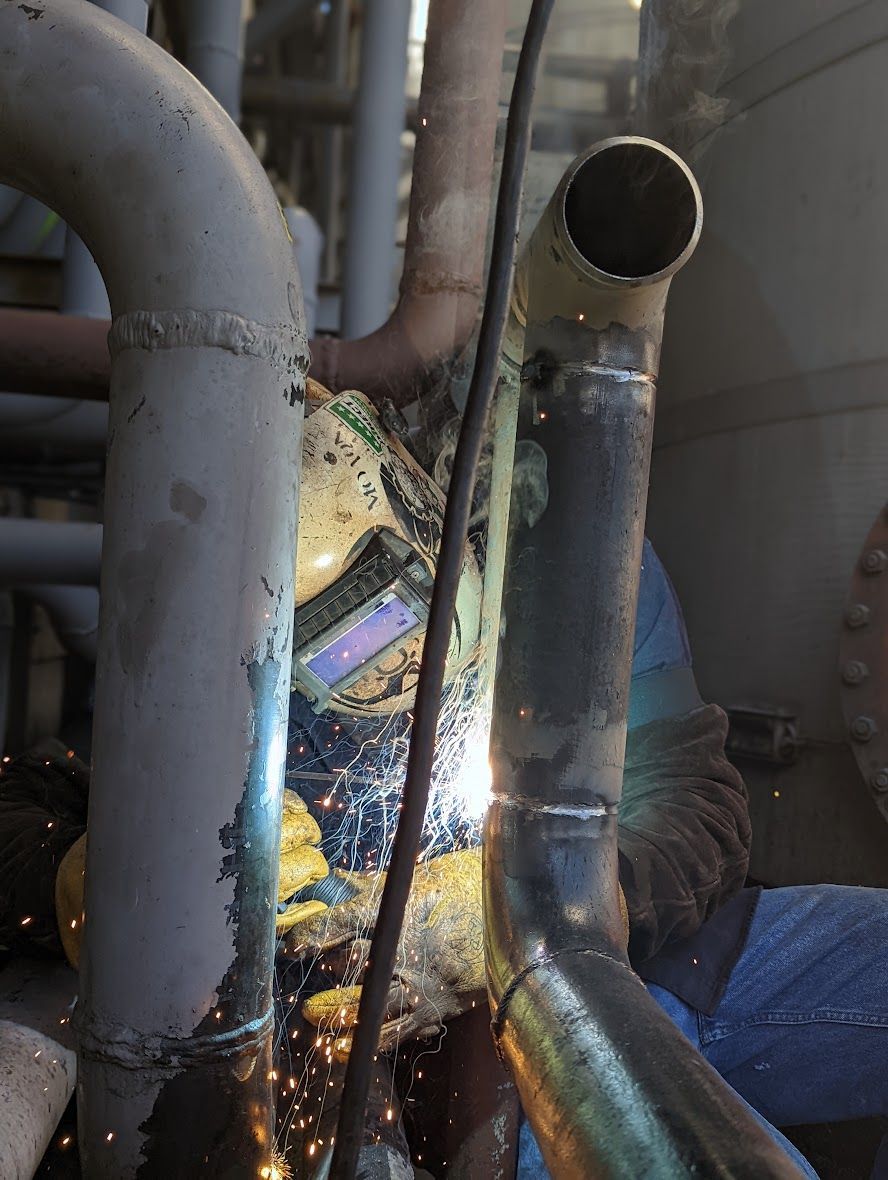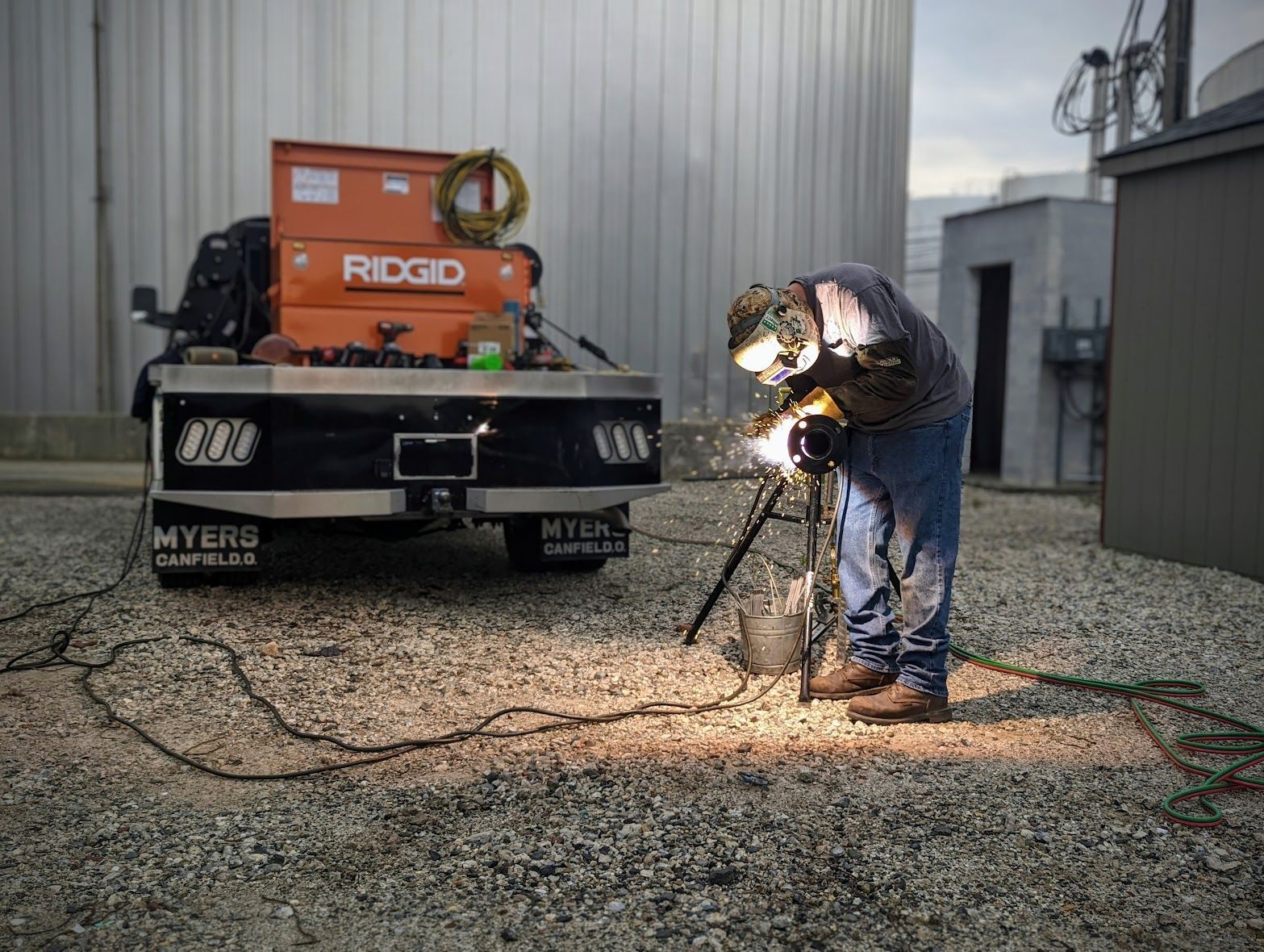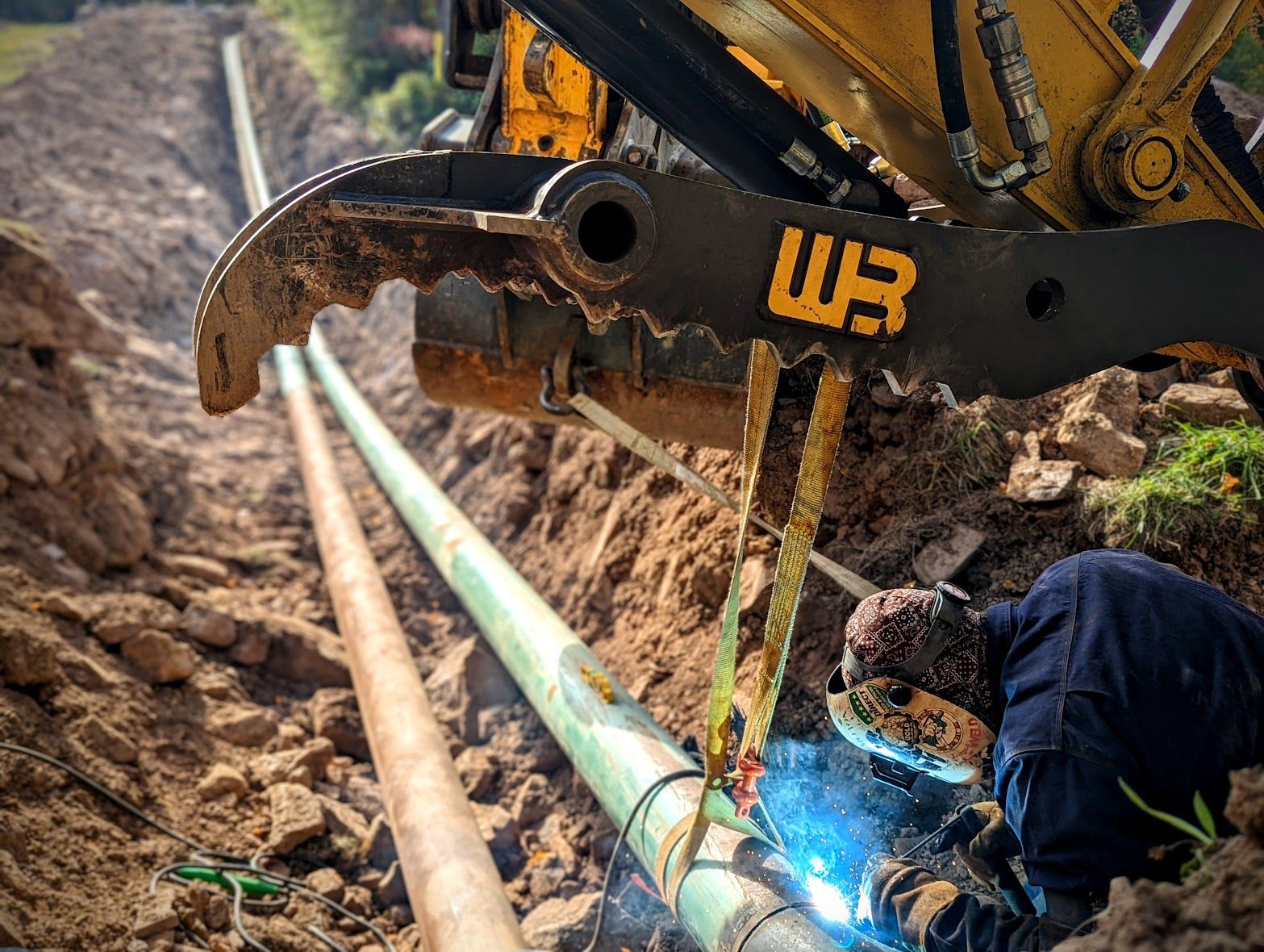The Benefits of Different Types of Welding Techniques
Exploring the Advantages of Stick, MIG, and TIG Welding Techniques.

Welding is a process that involves joining two or more pieces of metal together using heat and pressure. There are many different types of welding techniques available, each with its own advantages and disadvantages. In this blog post, we'll explore some of the benefits of different types of welding techniques and how they can be used in different applications.
Stick Welding
Stick welding, also known as shielded metal arc welding (SMAW), is one of the most widely used welding techniques. This technique uses a consumable electrode coated in flux to create an arc between the electrode and the workpiece, melting both and creating a bond. Stick welding is suitable for welding a variety of metals, including steel, stainless steel, and cast iron. It is commonly used in construction, repair work, and fabrication.
One of the main benefits of stick welding is its versatility. It can be used in a variety of environments, including outdoor or windy conditions. It also doesn't require a lot of equipment, making it a cost-effective option. Additionally, stick welding can be used to weld thick materials, making it a popular choice for heavy-duty applications.
MIG Welding
MIG welding, also known as gas metal arc welding (GMAW), uses a wire electrode that is fed through a welding gun and combines with a shielding gas to create an arc. MIG welding is a fast, efficient process that can be used to weld a variety of metals, including aluminum, steel, and stainless steel. It is commonly used in automotive manufacturing, aerospace, and other industries that require a high volume of welding.
One of the main benefits of MIG welding is its speed and efficiency. It can be used to weld thin materials quickly and produces a clean weld that requires little post-weld cleanup. Additionally, MIG welding produces a strong bond that is resistant to corrosion and can be used for a variety of applications.
TIG Welding
TIG welding, also known as gas tungsten arc welding (GTAW), uses a non-consumable tungsten electrode to create an arc that melts the workpiece and creates a bond. TIG welding is commonly used for welding aluminum, stainless steel, and other exotic metals. It is a precise welding technique that produces high-quality welds with minimal distortion.
One of the main benefits of TIG welding is its precision. It allows for very fine control over the welding process, making it ideal for welding delicate or intricate parts. Additionally, TIG welding produces a clean, attractive weld that requires little post-weld cleanup. It can also be used to weld materials with different thicknesses.
In conclusion, different welding techniques offer different benefits depending on the application. Stick welding is versatile and suitable for heavy-duty applications, MIG welding is fast and efficient, and TIG welding is precise and produces high-quality welds. Understanding the benefits of different welding techniques can help welders choose the best technique for their project, ensuring a strong, reliable bond that meets their needs.
Ready to put these welding techniques to work on your next project? At Gold Welding Co., we specialize in providing high-quality welding services for a variety of applications. Our team of skilled welders has experience using all types of welding techniques and can help you choose the best one for your project. Contact us today to learn more and get started!





